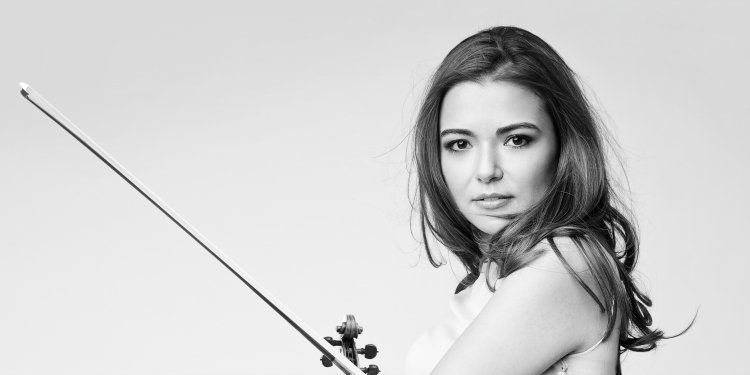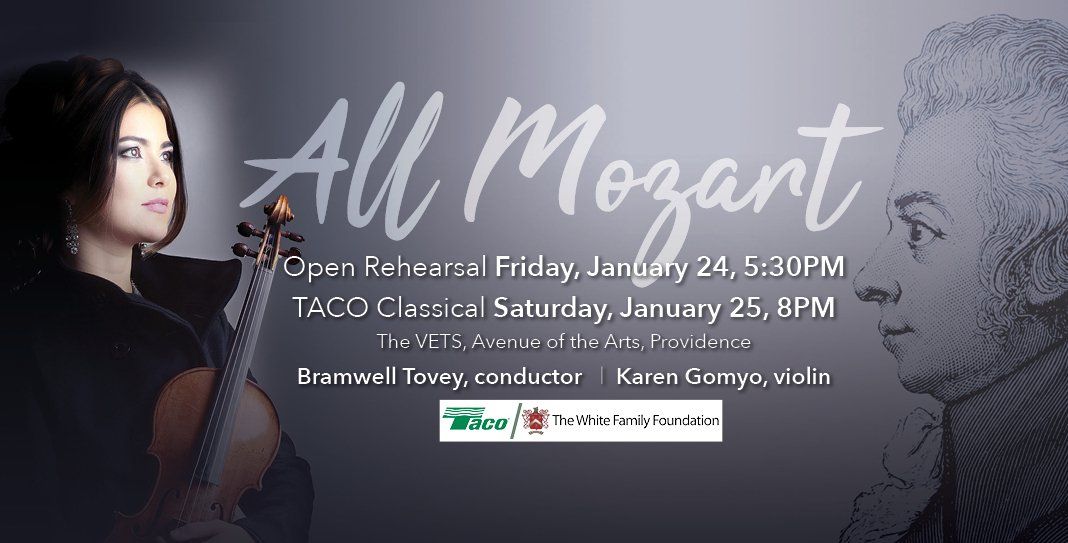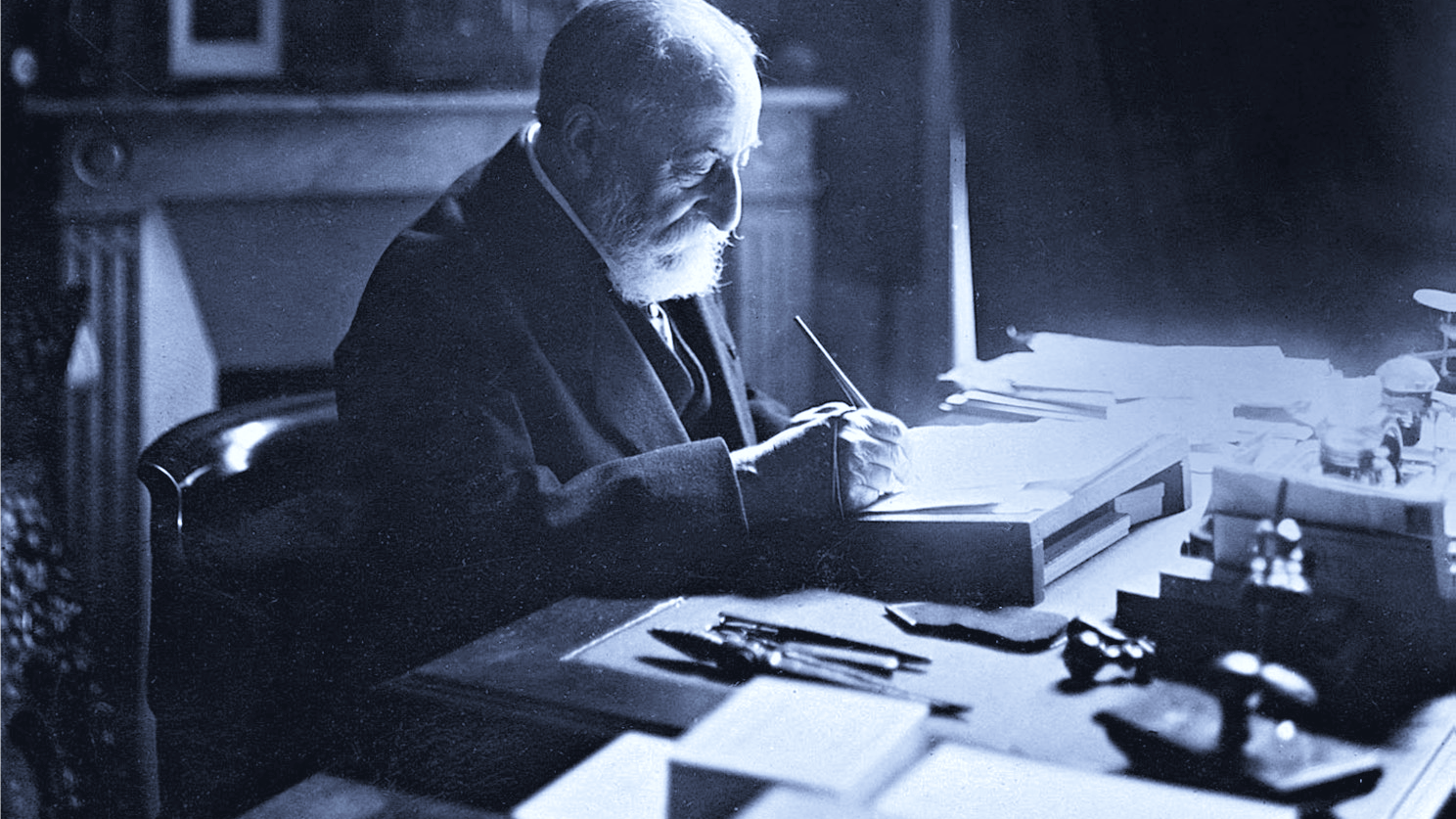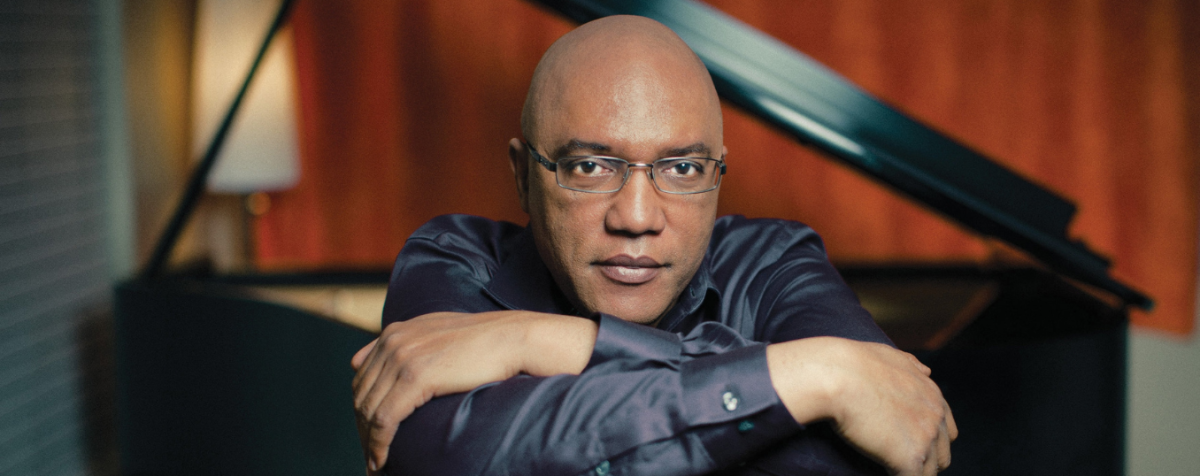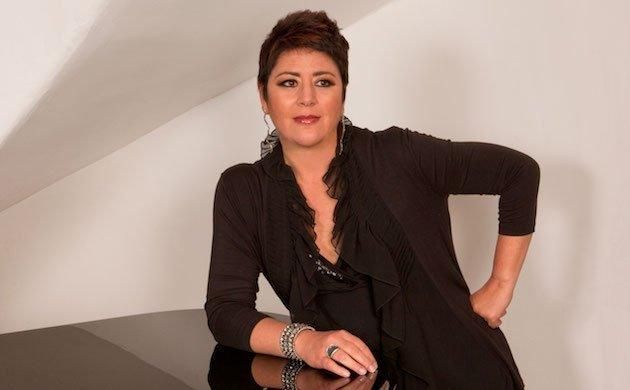THE STORY BEHIND: Mozart’s Violin Concerto No.3
Share
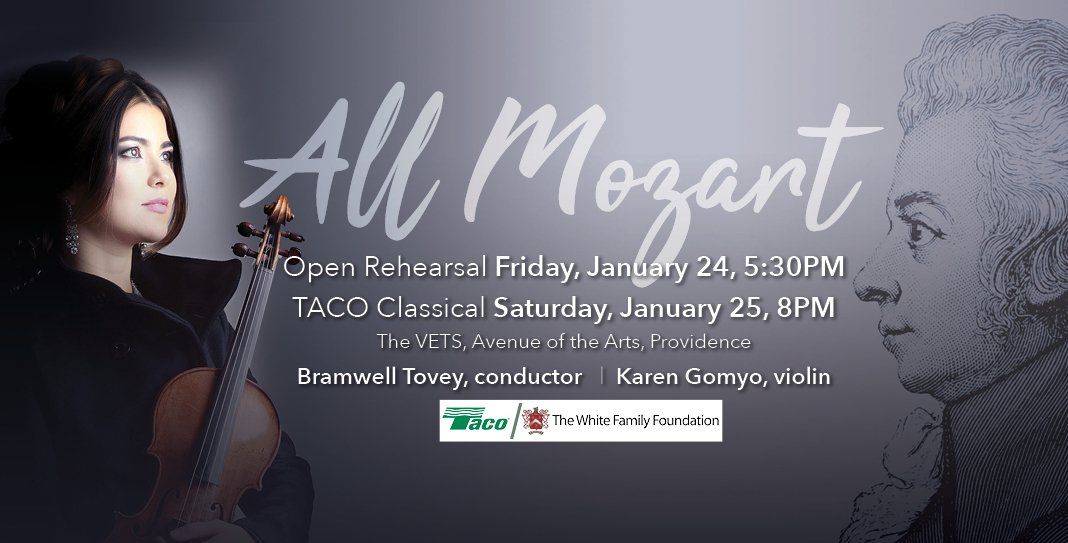
On January 25, violinist Karen Gomyo will join Bramwell Tovey, the Rhode Island Philharmonic Orchestra & the Rhode Island Philharmonic Youth Symphony Orchestra to perform a special program featuring music composed by Wolfgang A. Mozart.
THE STORY BEHIND: Mozart’s Violin Concerto No.3
Title: Violin Concerto No.3 in G Major, K.216
Composer: Wolfgang A. Mozart (1756–1791)
When was the last time the Rhode Island Philharmonic played this piece: March 19, 2011
Orchestration: In addition to solo violin, the piece is scored for two each of flutes, oboes, horns, and strings
The Story:
During the year 1775, Mozart was concertmaster of the Salzburg Prince-Archbishop’s orchestra. This meant that he played violin, led the orchestra, and no doubt was expected to perform occasionally as a soloist. Reflecting his position, the 19-year-old composer’s greatest accomplishments that year were his five concertos for violin and orchestra (K.207, 211, 216, 218, and 219). Oddly, he never again wrote a major work for violin solo.
The last three concerti came as a group between September and December 1775. Since their keys are G major, D major and A major, respectively, it is tempting to theorize that Mozart might have also intended a fourth concerto in E major, cleverly symbolizing the four strings of the violin (G-D-A-E).
The G Major Concerto’s first movement is freshness personified. Mozart offers his captivating themes in a compact orchestral segment before bringing in the soloist. The dramatic working out of the themes is appropriately completed by a segment in the style of an opera recitative.
“. . . Instead of an Andante there is an Adagio that seems to have fallen straight from heaven. . . .” Alfred Einstein’s statement about the second movement speaks for all of us who become breathless at the eloquence and depth of this teenager’s music. Part of the magic of the movement is the result of instrumentation: flutes (instead of the more usual oboes) and muted violins.
The finale is full of peasant-dance merriment and surprises. The central section has unexpected tinges of Gypsy spirit. Soon, completely unrelated, slower music seems again to have “fallen straight from heaven.” These may have been humorous musical quotations in the spirit of jolly Salzburg serenades. The concerto’s surprise ending is for oboes and horns only.
Program Notes by Dr. Michael Fink © 2019 ALL RIGHTS RESERVED
